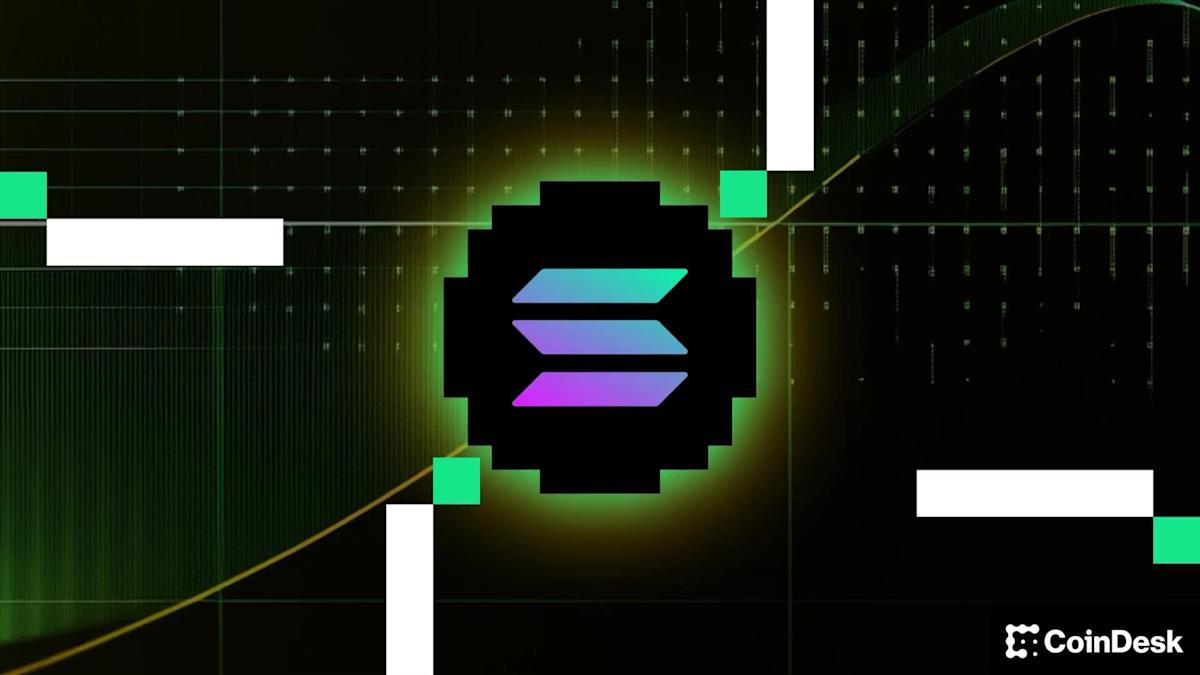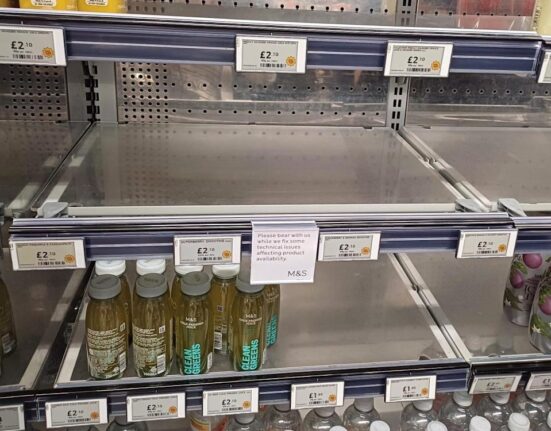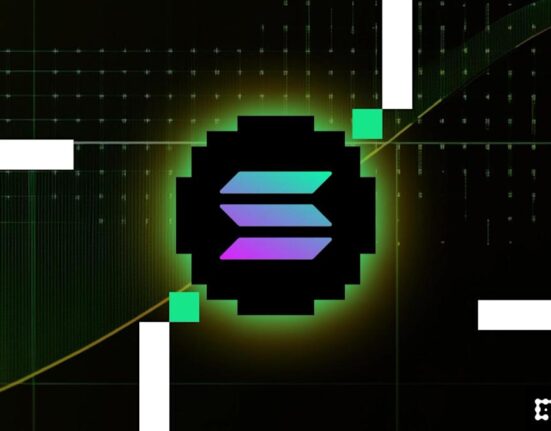Solana’s upcoming Alpenglow upgrade could mark a turning point for the network’s staking economy. CoinDesk sat down with Michael Repetny, CEO of Marinade Labs, the firm that supports Solana’s liquid staking protocol Marinade, to discuss how the update aims to change the economics of running a validator on Solana, significantly lowering the barrier to entry.
As the Solana ecosystem prepares for an upgrade at the end of this year or in early 2026, Repetny shares his thoughts on how this shift could expand validator participation and improve decentralization, even as higher hardware demands loom.
This interview has been edited for brevity and clarity.
CoinDesk: Talk to me about the state of Solana staking – what are the most pressing issues right now in this area, in your opinion?
Michael Repetny: So when we started Marinade, there were 700 validators on Solana, with 11 of them big enough to potentially halt the network.
Then we launched Marinade during the first few years, the number of validators grew to 2000 so it looked great. Right now we are below 1000 validators again active on Solana.
I think there are other signals [on the health of Solana staking]. Another way of looking at it is if you look at the concentration of the stake, which is, if you get one-third of that stake to shut down, Solana stops working.
It takes right now around 20 of the biggest violators to do that, or also it takes two countries and it takes two data centers right now. Those are like different ways to look at it. So, it is not ideal.
We would rather see hundreds of bad quality validators than thousands of them with people just running potatoes.
And with the ETFs and with institutional interest, I think that centralization is becoming a greater risk.
At Marinade, we’re trying to make sure that we have a viable option for validators to stake in a responsible way.
Solana has a major upgrade coming called Alpenglow. How will it affect the staking ecosystem?
We are hopeful, and it should impact the staking and validator economics. There is a proposed change to just cut down the vote fees for validators (vote fees are incurred by validators when they vote on processing SOL on the blockchain). So this is a huge one, because right now, if you want to run a validator, just to get it started, you need to pay about $5,000 a month.
Of those $5,000, about $4,000 is spent on just the voting fees. So as you can see, 80% of the cost today to spin up your validator is vote fees. Alpenglow aims to turn the vote fees to be much less. This is super exciting, and should make it much more accessible to start their own validator because the cost will go down
Solana’s upcoming Alpenglow upgrade could mark a turning point for the network’s staking economy. CoinDesk sat down with Michael Repetny, CEO of Marinade Labs, the firm that supports Solana’s liquid staking protocol Marinade, to discuss how the update aims to change the economics of running a validator on Solana, significantly lowering the barrier to entry.
As the Solana ecosystem prepares for an upgrade at the end of this year or in early 2026, Repetny shares his thoughts on how this shift could expand validator participation and improve decentralization, even as higher hardware demands loom.
This interview has been edited for brevity and clarity.
CoinDesk: Talk to me about the state of Solana staking – what are the most pressing issues right now in this area, in your opinion?
Michael Repetny: So when we started Marinade, there were 700 validators on Solana, with 11 of them big enough to potentially halt the network.
Then we launched Marinade during the first few years, the number of validators grew to 2000 so it looked great. Right now we are below 1000 validators again active on Solana.
I think there are other signals [on the health of Solana staking]. Another way of looking at it is if you look at the concentration of the stake, which is, if you get one-third of that stake to shut down, Solana stops working.
It takes right now around 20 of the biggest violators to do that, or also it takes two countries and it takes two data centers right now. Those are like different ways to look at it. So, it is not ideal.
We would rather see hundreds of bad quality validators than thousands of them with people just running potatoes.
And with the ETFs and with institutional interest, I think that centralization is becoming a greater risk.
At Marinade, we’re trying to make sure that we have a viable option for validators to stake in a responsible way.
Solana has a major upgrade coming called Alpenglow. How will it affect the staking ecosystem?
We are hopeful, and it should impact the staking and validator economics. There is a proposed change to just cut down the vote fees for validators (vote fees are incurred by validators when they vote on processing SOL on the blockchain). So this is a huge one, because right now, if you want to run a validator, just to get it started, you need to pay about $5,000 a month.
Of those $5,000, about $4,000 is spent on just the voting fees. So as you can see, 80% of the cost today to spin up your validator is vote fees. Alpenglow aims to turn the vote fees to be much less. This is super exciting, and should make it much more accessible to start their own validator because the cost will go down












Leave feedback about this